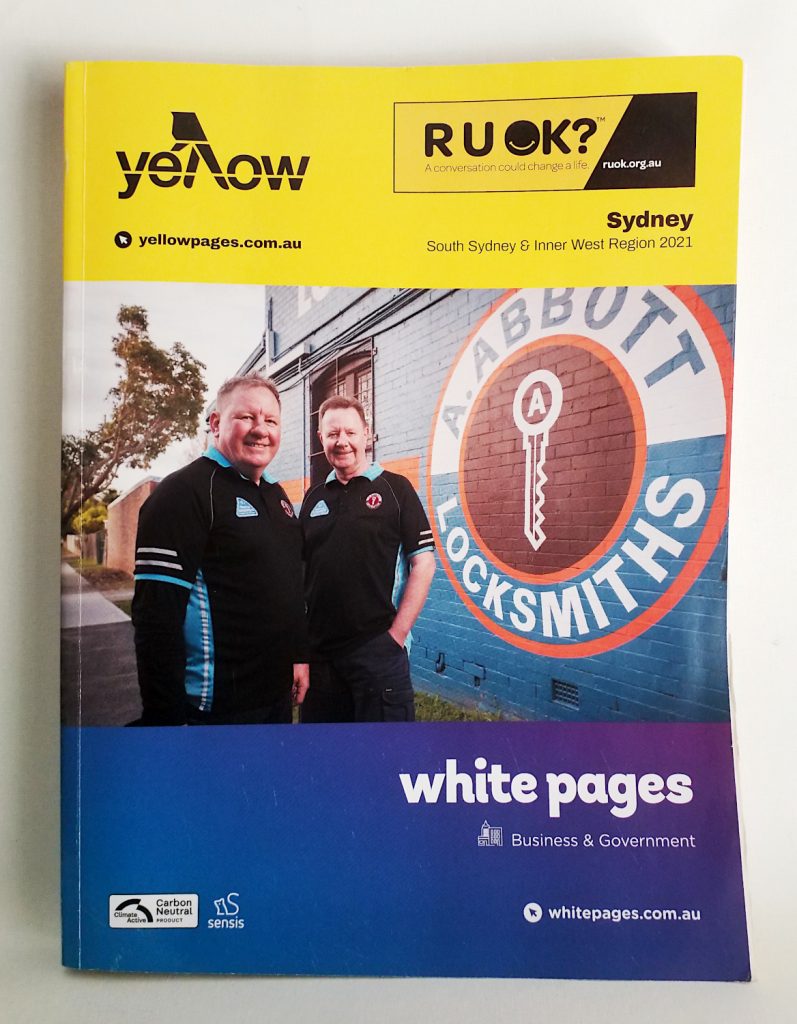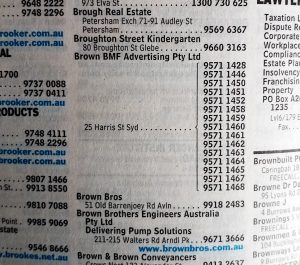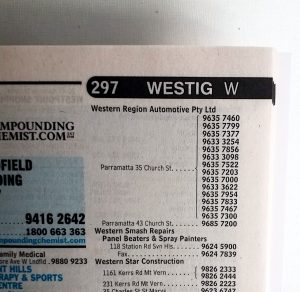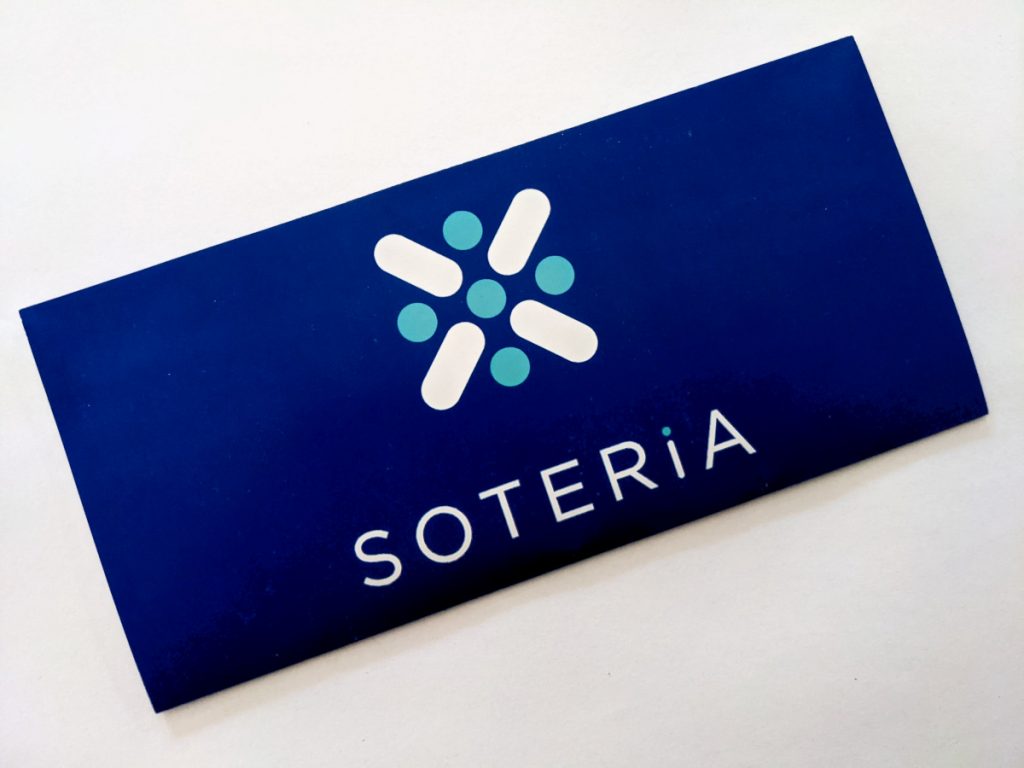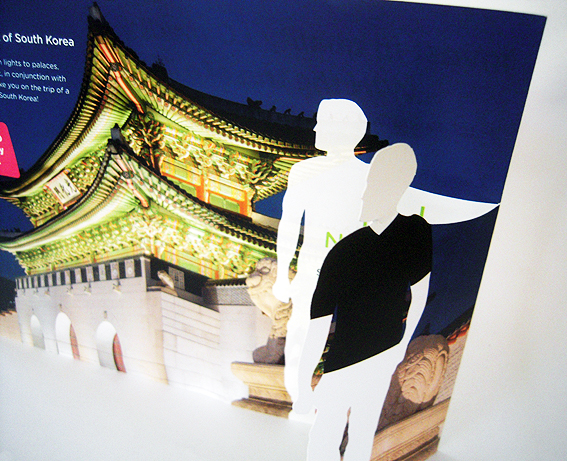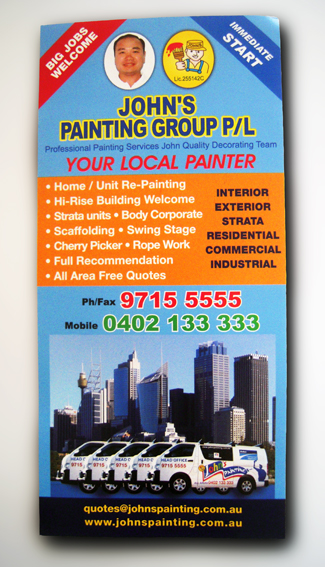Back at the start of the COVID-19 pandemic, the old man next door died. It wasn’t COVID, his family said; he’d been in hospital for a while and caught pneumonia which finished him off. They held a suitably distanced funeral, family members only, and we sent flowers.
Soon after, there was a brief flurry of activity as family members emptied the house of whatever needed emptying and then the place fell silent. The old man had always been fairly quiet anyway. He lived alone and always kept himself to himself, as they say. We heard his coughing fits from time to time, in the morning and late at night, and occasionally a family member would visit and there would be a lot of shouting. Not by him, I should add. Like I said, he was pretty quiet most of the time.
Over time, the sound of his absence grew and solidified. We no longer heard him in the backyard filling his watering can from the rainwater tank, the rising pitch of gushing water so familiar I knew the instant when he would turn off the tap. The rattle of his garage roller door fell silent; the clunk of the screen door, signalling his comings and goings throughout the day like a slow metronome, was still.
For a while I collected his mail from the letterbox and shoved it under the side door away from the weather, but gradually real letters became fewer and fewer until eventually it was nothing but junk. A family member rang to tell me there was a dispute over the old man’s will, lawyers were involved, arguments prepared and so on. Time dragged on through the lockdowns. We grew used to having no one next door to us; the drawn blinds and dark windows, the over-grown lawn, the steady drip drip from the rusted guttering when it rained.
Then one day, out of the blue, the latest edition of the Yellow Pages landed on the old man’s veranda. I didn’t see it come but there it was, just lying there. We got one too, which I brought inside because… well, that’s just me… but the old man’s copy stayed on the veranda. Nobody came to pick it up. The wind blew the pages open and, on breezy days, they would flutter back and forth like a trapped bird.

Why didn’t I go and pick it up? That’s a good question. I kept on meaning to go round and collect it, usually when I was at our front door and I would catch a slight wave of the pages out of the corner of my eye and I would think, ‘Oh I must go and pick up those Yellow Pages’ but then the instant I entered the house, the thought would disappear.
Over time, the pages became another symbol of the old man’s absence, like the weeds along the fence line or the unpruned roses. I’d see the pages sitting there and I’d think of him for a moment, maybe contemplate life’s inexorable progress, spinning ever faster while seemingly motionless towards an inescapable black hole. There was a lot of this sort of self-reflection going on during the pandemic.
At some point I began to wonder how long the pages might actually stay there, what it would take for them to be moved and, if they did disappear, what that might symbolise: that change is indeed possible, nay inevitable, and we’d better be prepared for whatever it might bring.
I still had my Yellow Pages of course. They’ve been an object of interest to me, on and off, for several years now, and I’ve written about them before several times over the past decade, each time with varying degrees of enthusiasm and curiosity. They are an ever-diminishing symbol of change, an embodiment of shifting patterns of production, distribution and consumption. Along with newspapers and road maps, the story of the Yellow Pages, and their sister publication the White Pages, encapsulates the declining importance of print and paper in daily life, in much the same way that a journey along the UK’s motorways used to be punctuated by huddles of coal-fired cooling towers, now all gone.
A comparison between 2013 version, the last time I looked at the Yellow Pages for this part of town, and the 2021 version illustrates this decline. Back then, the Yellow Pages alone ran for 900 pages, in itself much reduced from previous versions. This time around, the complete book is only 310 pages in total – and that includes both the Yellow Pages and the White Pages for business and government. The Yellow Pages alone are less than 200 pages, and even that seems like a lot.

There are parts of the directory which I really like for their simplicity and ease of use, such as the double-page spread of emergency numbers listing every possible helpline and support service you could ever want – handy in an emergency if you knew where to look (or if the internet is down). Some of the information which used to be included, such as area dialling codes and post codes, is now absent – you’ll need to look online for those.
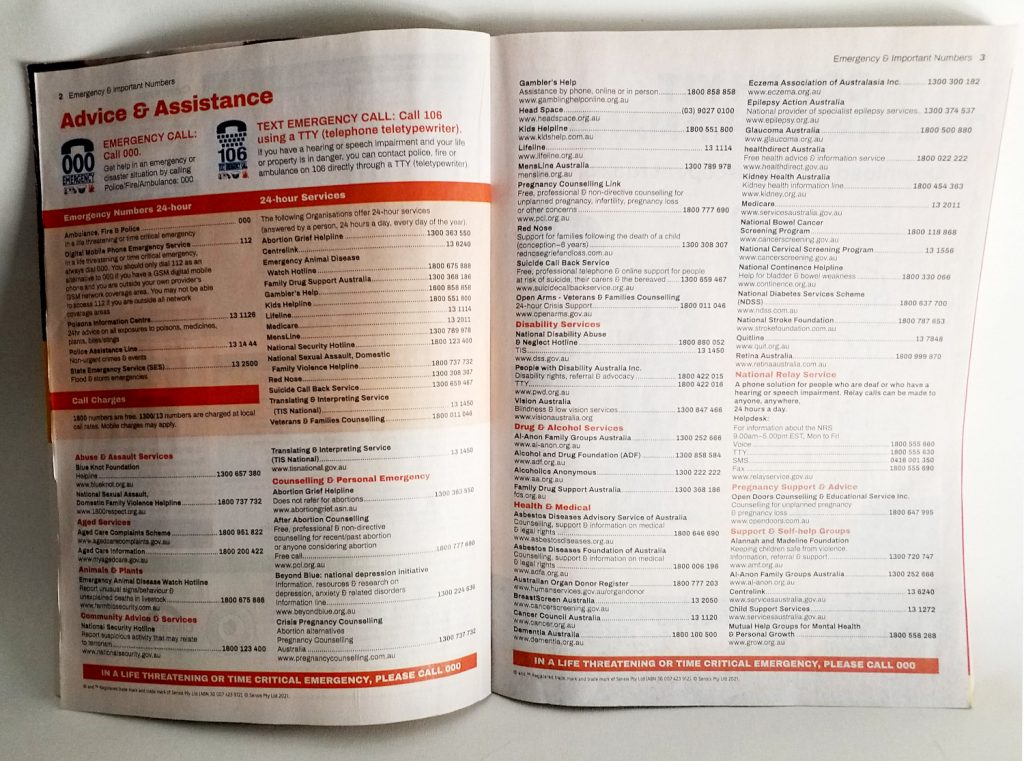
Of course, the Yellow Pages have traditionally been the home of the tradie. That’s where you went to let your fingers do the walking if you wanted to find a local plumber or electrician, and you could be guaranteed to find page after page of tightly-packed entries all jostling for attention. Today their numbers have thinned out considerably. The plumbers & gasfitters section spans no more than six pages, and three of those are full page ads; electrical contractors take up less than three pages. Doctors occupy the most real estate (10 pages – which may have something to do with each doctor in a practice getting their own listing) followed by dentists (six pages). Maybe medical practitioners are more conservative when it comes to their media buying.
In the White Pages section, the main item of interest, for me at least, is in seeing if businesses are still using the time-honoured marketing practice of inserting AAAAAAA into their names in order to get to the front of the queue. Even in 2021, it seems the answer is yes.
So, for instance, the first entry is A AAAAAA Carpet Complete Restorations, closely followed by our old favourite A. (Aaaaaardvark) Mechanic. Despite this, it does look as if the number of aardvarks (or rather Aaaaaaardvarks) is greatly reduced and could be on the verge of extinction. Save the Aaaaaaardvarks I say.
Other examples of this technique are A Aachoo Sydney Hire Storage Removals and, one of my favourites, A Aadworkin Roofer, which manages to combine two forms of self-promotion in a single name.
Interestingly, the locksmiths featured on the cover of this edition, A. Abbott Locksmiths, are also in the first dozen entries, which makes me wonder if Sensis (now called Thryv since being taken over ), when looking for a suitable front cover story, simply started going down the listings alphabetically until they got lucky – you see, the system works! (What am I thinking? It’s the Yellow Pages – of course they paid for it.) And in case you’re wondering, A. Abbott Locksmiths is owned and run by a family called Polley.
It’s important when using this technique to stipulate that the first word of the company name is a single A followed by multiple As, otherwise the name gets bumped down the list behind all the other single As. So, for example, Aaaa Anytime On Time Plumbing is on page 2 of the listings simply because they didn’t call themselves A Aaaa Anytime On Time Plumbing – which is probably not the outcome they were expecting but, nevertheless, it’s one shared by numerous other AAA listers.
There are other ways of trying to stand out in the listings – bold type, boxes and background tints – but another technique is simply to list the number of every extension in the company without highlighting the main switchboard number. This will get you more column inches than simply listing a single number, even if it is more confusing for the punter. There are two ways to do this. One is to list every number but with only one address:
The other is to list all the numbers with the same address so the sheer repetition of the same characters leaps off the page:
If you are going to do it this way, it helps to get the company name correct – if you want to avoid looking like a real Jan.
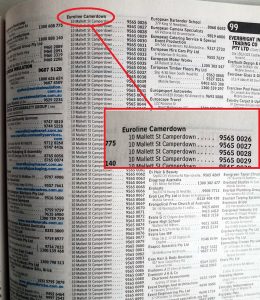
Is there a future for these printed listings or is it all just more dead paper? Thryv would like you to believe that buyers still use the print book (More than 1 in 4 Aussies use the Yellow Pages Book every year, they claim) but elsewhere the writing is on the wall: the final printed editions of the Yellow Pages in the UK were delivered in 2019.
The old man’s Yellow Pages eventually disappeared too; the lawn was mowed, the blinds raised to let in the light, and a For Sale sign appeared at the front. Within weeks a new family had moved in and the last few remaining traces of the old man were swept away like yellow leaves blowing in the wind.

